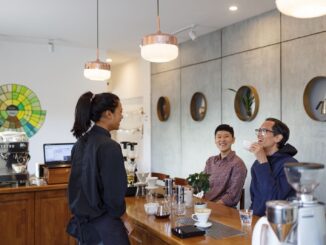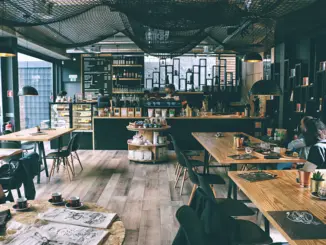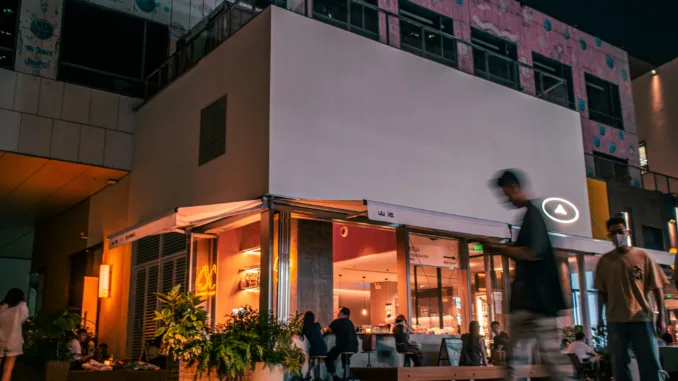
In this article series we discuss the intersection of gentrification and specialty coffee, and share how café owners can be more aware of and proactive about the issue.
BY EMILY JOY MENESES
BARISTA MAGAZINE ONLINE
Featured photo by Joshua Fernandez
It’s a topic that many in the specialty-coffee world seem to tiptoe around, but important for us all to acknowledge nonetheless: gentrification. Some critics point to café openings as one of the ‘warning signs’ of gentrification. But does that always have to be the case?
Today, we’re delving into gentrification, looking at how it applies to the coffee industry and reflecting on how coffee professionals can be more proactive and aware in regards to the issue.
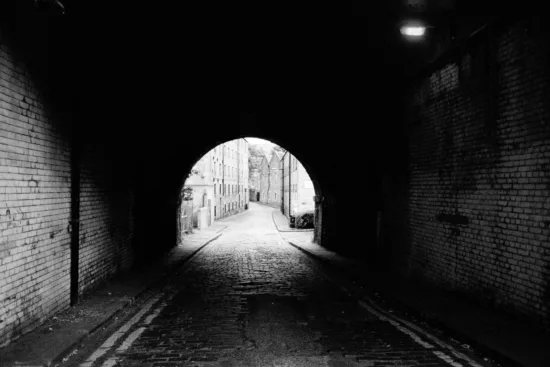
Defining Gentrification
We hear the word “gentrification“ thrown around all the time, and everyone has a different idea of what it looks like. So what exactly does it mean?
Planetizen, an online publication centered around urban planning, defines gentrification as “the social, cultural, and economic changes that occur when large numbers of relatively wealthy residents move into neighborhoods.” The publication also cites how the term was first coined by sociologist Ruth Glass in her 1964 collection of essays entitled “London: Aspects of Change.“
Ruth Glass describes the process of gentrification in London this way: “One by one, many of the working class quarters of London have been invaded by the middle-classes—upper and lower. Shabby, modest mews and cottages—two rooms up and two down—have been taken over, when their leases have expired, and have become elegant, expensive residences. … Once this process of ’gentrification’ starts in a district it goes on rapidly until all or most of the original working-class occupiers are displaced and the whole social character of the district is changed.“
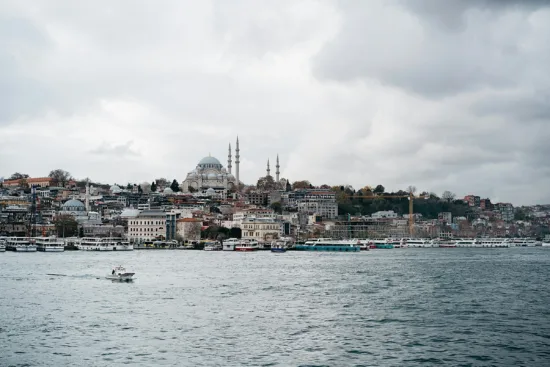
The Birth of the Café & Its Impact On Cities
When understanding the specialty-coffee world’s role in gentrification, it’s important to look at the history of the café as we know it today. The first café, where people could purchase coffee and socialize, opened toward the end of the 15th century in Constantinople, or modern-day Istanbul. From there, coffee shops would become popular spots for meetings and mingling. They catered strongly to intellectuals and the “elite,” often excluding the working class.
In the 17th century, coffee shops would gain popularity in European countries like Italy and France. In Paris, for example, famous coffee shops like Café de Procope, established in 1686, became hubs for Enlightenment philosophers like Voltaire and Diderot. With these new, elegant coffee shops drawing wealthy residents and displacing working-class communities, these cities began to see an early form of gentrification.
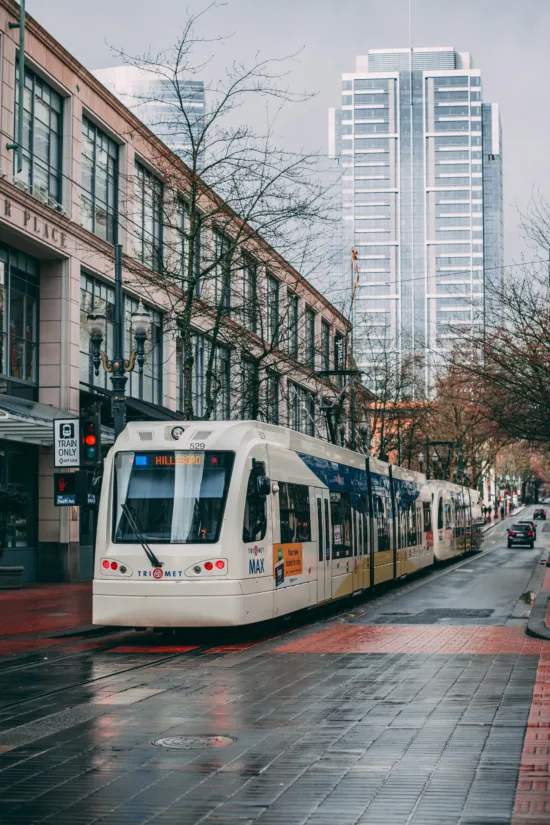
Gentrification & Specialty Coffee in the Modern World
Today, we can see gentrification continuing to happen in cities around the world: Portland, Ore., Los Angeles, and New York, to name a few. But how do specialty-coffee shops play a role in this process?
Based in Portland, Ore., Dennis “Cody” Cote has been working in coffee since 2001 and wrote a master’s thesis on the topic, titled “$150 Cup of Coffee: Gentrification, Third Wave Cafés, and Specialty Coffee in Portland, Oregon 1995-2020.“ Dennis shared with us their insight on the matter, shedding a light on how Portland has drastically changed over the years.
“It’s very difficult to say what gentrification is, but we know it when we see it. … When gentrification occurs, people are removed and oftentimes forced out of their homes and neighborhoods,” Dennis shares. “Many of the early third-wave cafés here in Portland were the pioneers of gentrifying neighborhoods. It wasn’t their intent to displace people, but that was the end result within a generation.”
“Formerly Black neighborhoods which had experienced divestment for years found themselves being changed very quickly,” Dennis continues. “This was because investors started building new housing and retail (centers), which included newer third-wave cafés serving specialty coffee.”
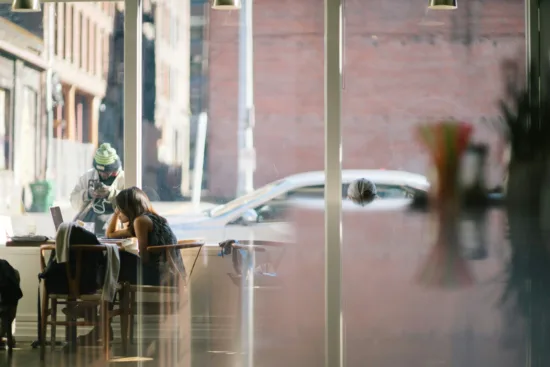
An Ongoing Discussion
Stay tuned for future installments of this article series, where we’ll delve deeper into the intersection of gentrification and specialty coffee, and discuss ways for today’s coffee professionals to be more proactive about the issue.
ABOUT THE AUTHOR
Emily Joy Meneses (she/they) is a writer and musician based in Los Angeles. Her hobbies include foraging, cortados, vintage synths, and connecting with her Filipino roots through music, art, food, and beverage.
Subscribe and More!
As always, you can read Barista Magazine in paper or digital format. Read the October + November 2024 issue for free with our digital edition.
And for more than three years’ worth of issues, visit our digital edition archives here.




